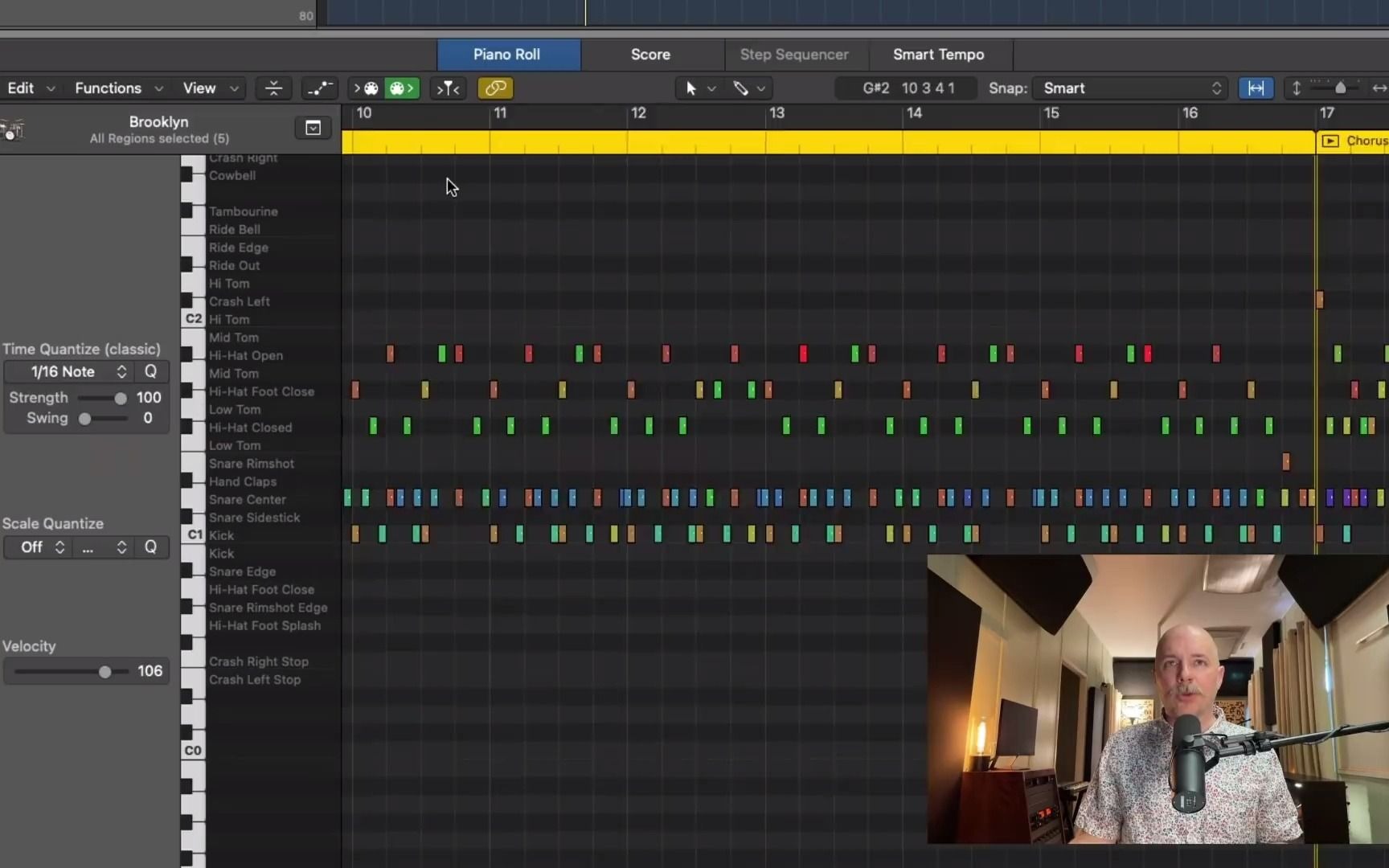


From here we can choose to sync the timeline on Delay Designer to the BPM of our Logic session. On the top left we have the Sync section. In order to build our own custom delay patterns, all we need is a basic understanding the UI and how to manipulate and edit our own patterns: This essentially means we can set the low and high pass filters (both with resonance control), tuning and panning, separately for each Tap or echo in our delay pattern, not to mention the additional feedback controls. Things get even more interesting because the dual-mode filter, transposition, panning options and more, can all be applied on a per-Tap basis. With Delay Designer, these Taps provide a much more precise and deliberate control over the echo pattern, allowing for very particular/custom-made rhythms. But it also offers multi-tap echoes, which are essentially repeats or Taps of the dry signal you are applying the delay effect to.

It uses feedback emulation to offer everything from warm/ambient echoes, to harsh swells and over-the-top rings. While there are many fantastic and comparable Delay FX plug-ins available for LPX, like the Waves Super-Tap plugs, we still find ourselves going back to Delay Designer time-and-time again because of its easy-to-use UI and highly-customizable possibilities.ĭelay plug-ins come in many shapes and sizes, but you might consider Delay Designer a hybrid feedback/mutli-tap delay. Delay FX are one of the most commonly used and versatile options in any producer/programmers arsenal, and Logic Pro X’s built-in Delay Designer happens to be one of our favorite options out there: In this week’s episode of The Logic Pros, we are continuing our tour of some of Logic’s most powerful in-house effects and tools.


 0 kommentar(er)
0 kommentar(er)
